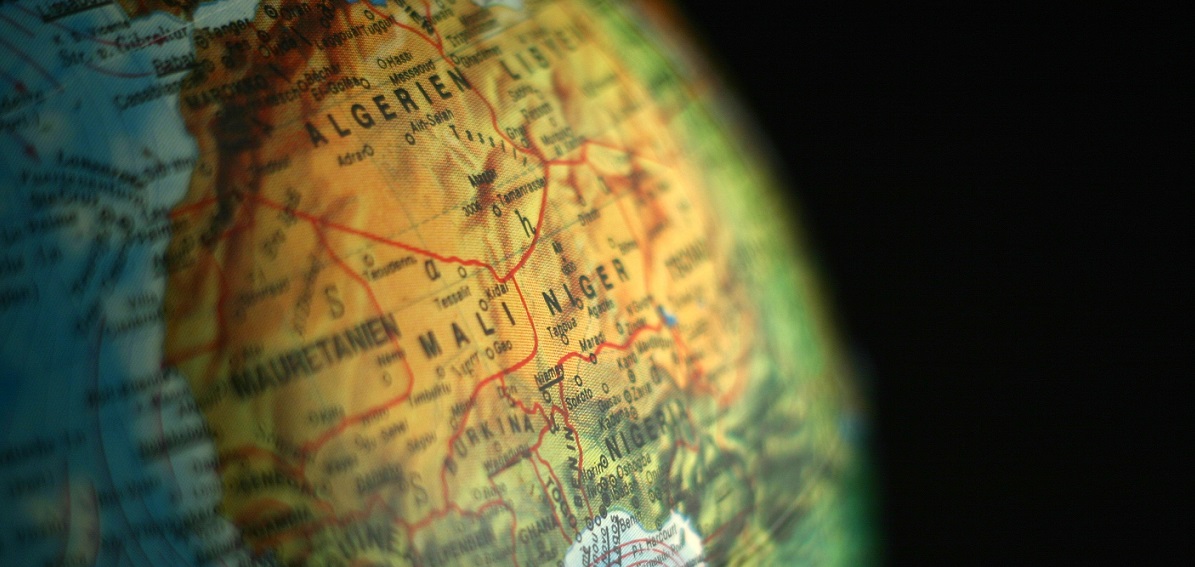Business in Africa
Opportunities for SME growth in Africa, growing the region’s GDP and narrowing the gender gap in the business world look promising.
In the last decade, and after a long period of political as well as economic instability, Africa is emerging as the last frontier for business investments and the potential of its economic growth has been a lure for investors. McKinsey’s 2010 report predicted the African region would generate around USD2.6 trillion by 2020.
In fact, due to the region’s potentially high population growth, there were predictions that the region would duplicate Southeast Asia’s swift development and industrialisation between the 80s and 90s. While this isn’t the case, as yet, World Bank’s 2019 report highlights Africa’s opportunity to ‘harness the digital economy as a driver of growth and innovation’ and through ‘digital economy investments and reforms, Africa may be able to accelerate, possibly even leapfrog the traditional growth model, and transition from an agriculture-based economy to a digital economy’.
In the same World Bank’s 2019 report, it states that, ‘Growth in Sub-Saharan Africa is estimated at 2.3 per cent for 2018, down from 2.5 per cent in 2017. Economic growth remains below population growth for the fourth consecutive year, and although regional growth is expected to rebound to 2.8 per cent in 2019, it’ll have remained below three per cent since 2015.’
Thus, here’s where organisations that initiate collaborations between the region and other countries provide opportunities for efficient networking, knowledge sharing, investment alliances and business partnerships, come in. One such as organisation is Malaysian African Professionals and Entrepreneurs Association (MAPE). Since its inception in 2015, MAPE aims to foster and strengthen business relationships between businesses in Malaysia and Africa.
Here, its co-founder Ismail Nabe answers a few questions about MAPE and doing business in Africa.

Why Malaysia?
Malaysia has always been held in the highest regards across Africa. It’s considered as a model of reference in terms of visionary leadership, economic development and social prosperity. It was a natural choice to pick Malaysia among many other countries as all the co-founders of MAPE studied and worked here. We’ve witnessed the tremendous modernisation, economic prosperity and forward-looking nation that Malaysians have become.
Is MAPE focusing on small, medium or large enterprises?
MAPE was established to serve as the leading driving force to foster enhanced as well as stronger economic and investment ties between businesses in Malaysia and Africa. Our mandate is to increase annual trade growth between Malaysia and Africa from 10 per cent to 15 per cent, while doubling trade between Malaysia and Africa from USD8 billion to USD16 billion by 2021. As such, we work with enterprises of all sizes.
What are the industries in Africa that offer advantageous partnership opportunities for Malaysian businesses?
Traditionally, Malaysia exports palm oil and palm oil-based products, petroleum products, chemicals, processed food, machinery, parts and appliances to Africa. With the rise of the African middle-income population that totals to over 300 million people, and the youth accounting for 60 per cent of the total population, sectors like retail, healthcare, construction and ICT, present great partnership opportunities for Malaysian companies
And vice versa?
Malaysia imports liquefied natural gas, petroleum products, crude petroleum and metal scrap from Africa. Further partnerships may be explored in the areas of agriculture, agro-based industries, education, ICT, healthcare and tourism.
Currently, what is the percentage of SMEs contributing to Africa’s GDP?
Small and medium enterprises (SMEs) play a major role in most economies, particularly in developing countries. According to the African Development Bank, Formal SMEs contribute 60 per cent of total employment and up to 40 per cent of national income (GDP) in emerging economies. These numbers are significantly higher when informal SMEs are included.
How much has the SME contribute to Africa’s GDP growth in the past 10 years?
During the last decade we have observed a strong shift towards high and persistent growth in a number of African countries. I argue that the most important drivers behind this shift are increased public and private investments, fuelled by an improved business environment, which also propels SME activity. This way, SMEs become engines that sustain growth for long term development.
In general, what is the African trade ministry doing to encourage women entrepreneurship?
Closing the gender gap has been on the agenda of most African governments over the past decades. Rwanda and Namibia, for example, were ranked in the top 10 countries for gender parity. Rwanda sits alongside Nordic countries, the Philippines and New Zealand at having closed 80 per cent of the gap. There are a number of government initiatives aiming at encouraging woman entrepreneurship such as giving women more control over assets through, for example, the granting of joint property rights – as is the case in Rwanda – or by eliminating the need for collateral. There are programs that encourage women to transition toward traditionally male-dominated sectors by providing them with appropriate information and mentoring programs.
In Togo, training aimed at fostering proactive behaviours among entrepreneurs rather than teaching them basic commercial skills has had a significant impact. The idea is to teach small entrepreneurs to show initiative, be proactive and demonstrate perseverance. This training is yielding impressive results as the female trainees have seen a 40 per cent average increase in their profits.
Out of the total percentage of SMEs in Africa, what percentage is of women entrepreneurs?
The Global Entrepreneurship Monitor reports that Sub-Saharan Africa has the highest percentage of female entrepreneurs in the world. In Africa, women entrepreneurs are estimated at half to three fourth of all SMEs on the continent.
What is the projected growth for SMEs in Africa for the next five years?
Africa’s macroeconomic prospects remain favourable. The World Bank forecasts economic growth of 3.6 per cent over the next two years and in many [African] countries, this will continue to rise. SMEs will drive meaningful and long-term development
How does Africa expect to reach the projected growth target for SMEs?
There’s a substantial literature showing that there’s a strong correlation between business environment and growth opportunities for SMEs. The better the business environment, the more SMEs will be established. The governments in Africa are continuously enhancing business environment through policy improvement, regulations and reforms. Other measures to assist the SMEs in reaching their full potential include better access to finance, stable supply of electricity, human capital development and adoption of new technologies.
Main photo by Peggy and Marco Lachmann-Anke from Pixabay
